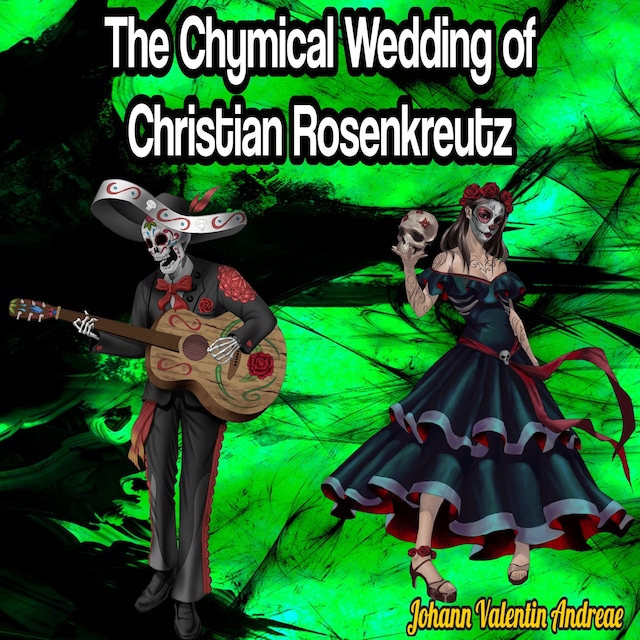
The Chymical Wedding of Christian Rosenkreutz
Tietoa kirjasta
The Chymical Wedding of Christian Rosenkreutz is a German book edited in 1616 in Strasbourg. Its anonymous authorship is attributed to Johann Valentin Andreae. The Chymical Wedding is often described as the third of the original manifestos of the mysterious "Fraternity of the Rose Cross" (Rosicrucians), although it is markedly different from the Fama Fraternitatis and Confessio Fraternitatis in style and in subject matter.
It is an allegoric romance (story) divided into Seven Days, or Seven Journeys, like Genesis, and recounts how Christian Rosenkreuz was invited to go to a wonderful castle full of miracles, in order to assist the Chymical Wedding of the king and the queen, that is, the husband and the bride.
This manifesto has been a source of inspiration for poets, alchemists (the word "chymical" is an old form of "chemical" and refers to alchemy—for which the 'Sacred Marriage' was the goal) and dreamers, through the force of its initiation ritual with processions of tests, purifications, death, resurrection, and ascension and also by its symbolism found since the beginning with the invitation to Rosenkreutz to assist this Royal Wedding.
The invitation to the royal wedding includes the symbol invented and described by John Dee in his 1564 book, Monas Hieroglyphica.
Historical context:
The Chymical Wedding of Christian Rosenkreutz first appeared in Strasbourg in the year 1616. It was written in German and entitled Chymische Hochzeit Christiani Rosencreutz anno 1459. No author was named in the book, other than Christian Rosenkreutz, but Johannes Valentinus Andreae (1586–1654) claimed to be the author, in his autobiography. First English version appeared in 1690, by Ezechiel Foxcroft, followed by translations into many languages throughout time.
Although the book first appeared in 1616, the story takes place over 150 years earlier. The events of this story span seven days and are divided into seven chapters, each chapter relating a different day. The story begins on an evening near Easter. In the final chapter—the seventh day—Rosenkreutz is knighted; the year is 1459. It was on Easter-day 1459 that the Constitutions of the Freemasons of Strasburg was first signed in Regensburg, with a second signed shortly afterwards in Strasburg. The Gutenberg Bible began printing in Mainz, Germany in 1455, and the first Bible in German, the Mentel Bible, was printed in Strasburg in 1466.
Kielet:
englanti



